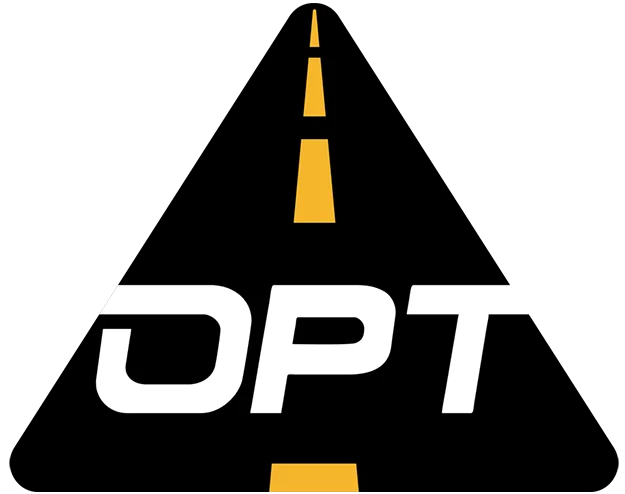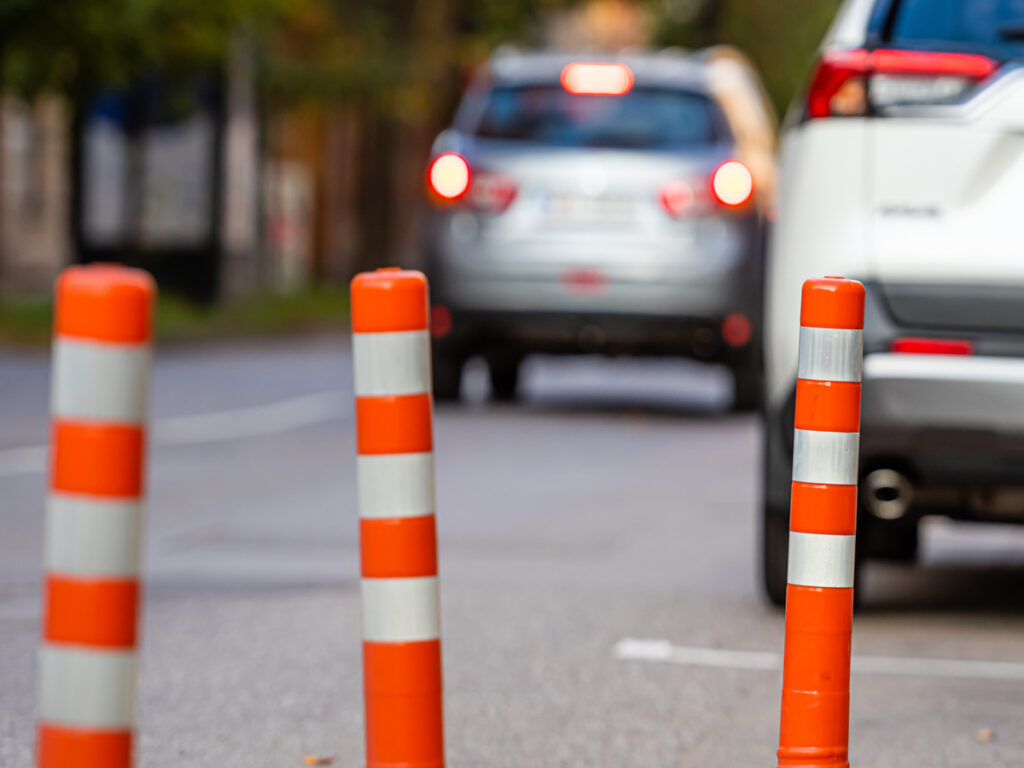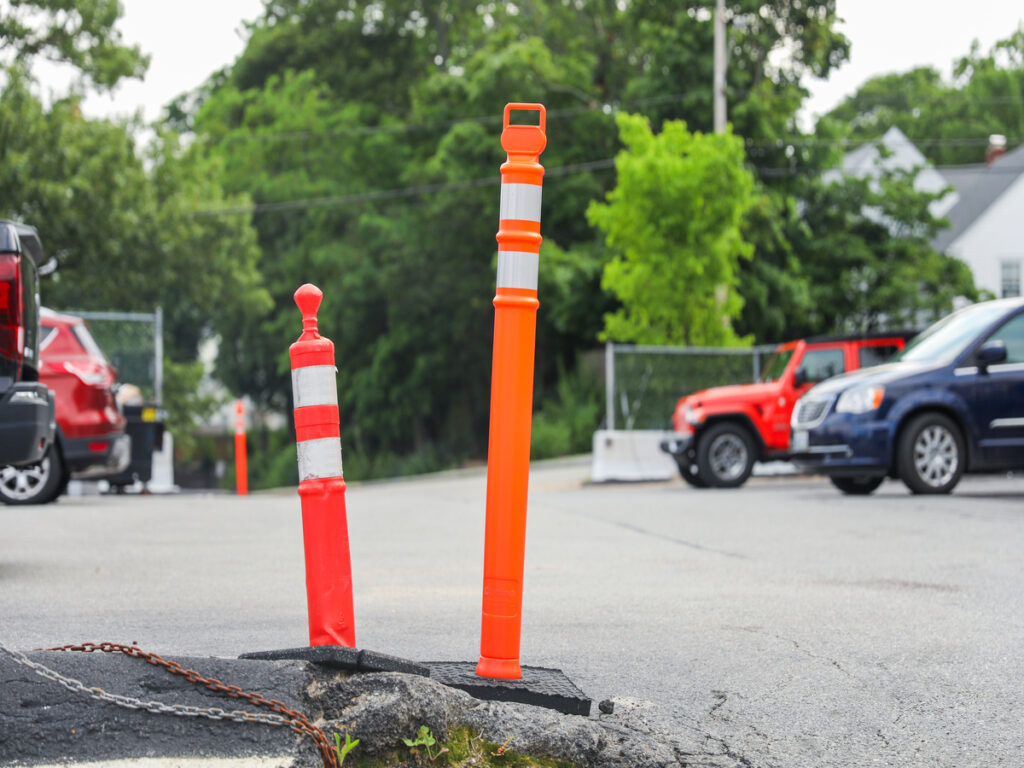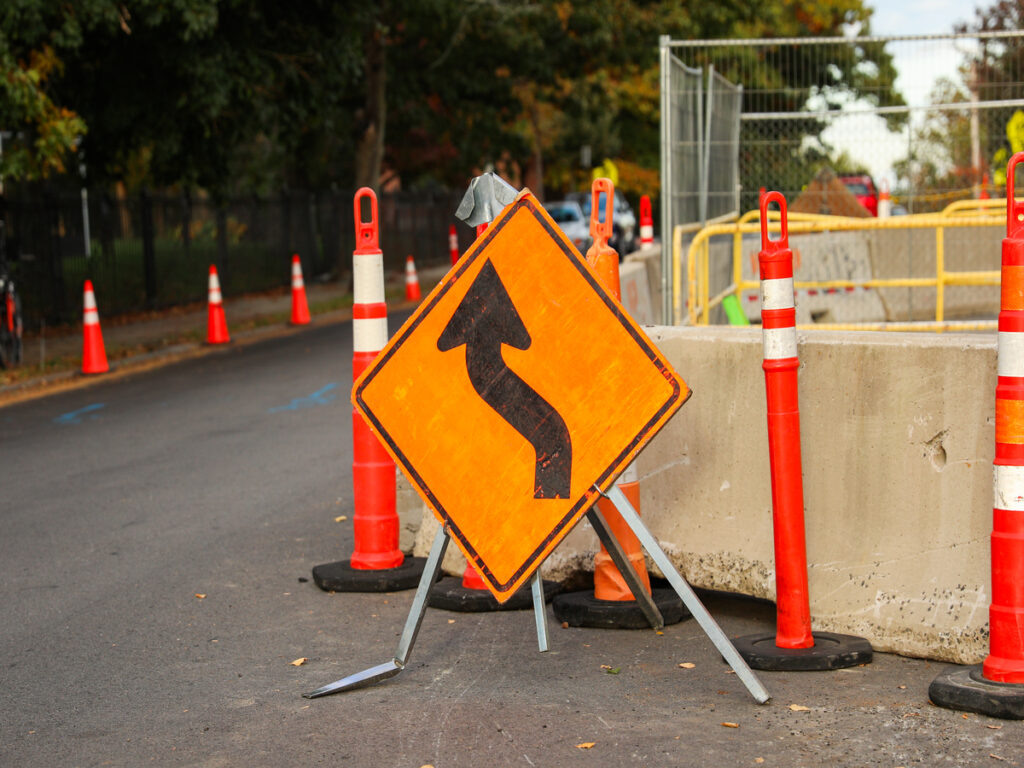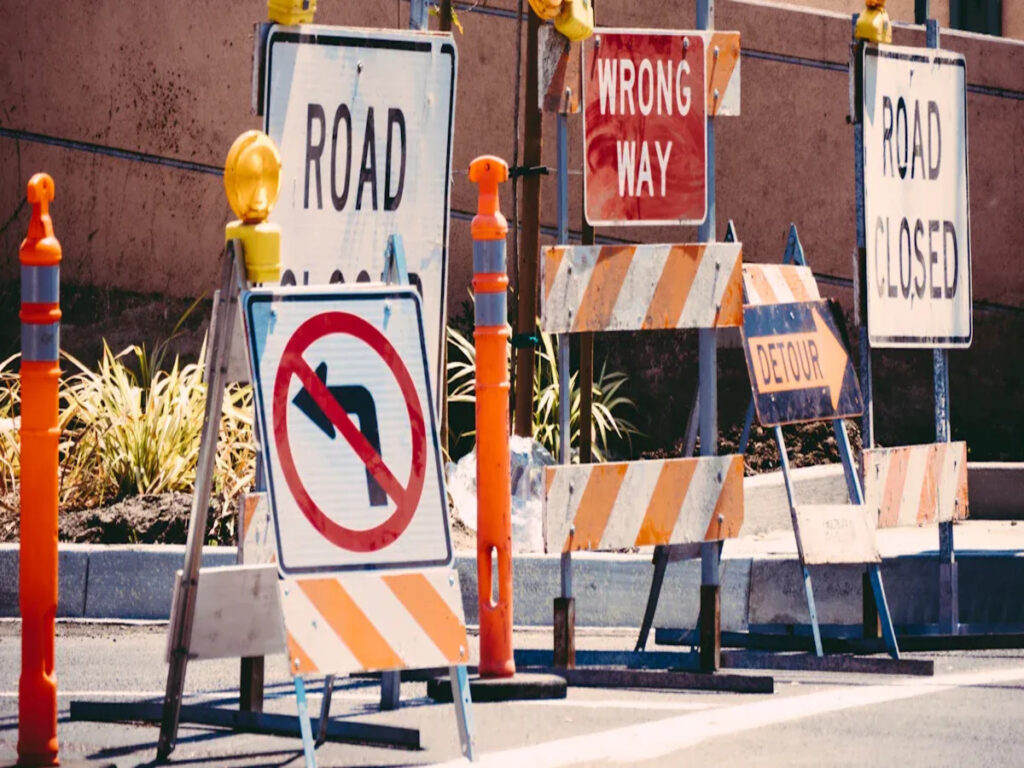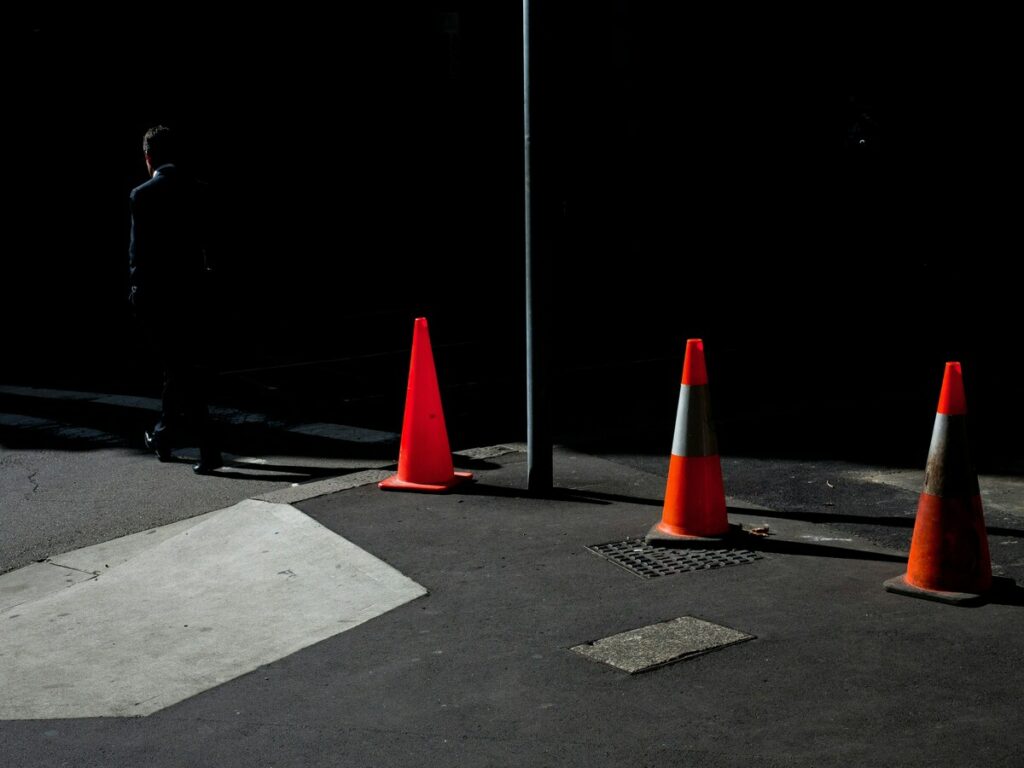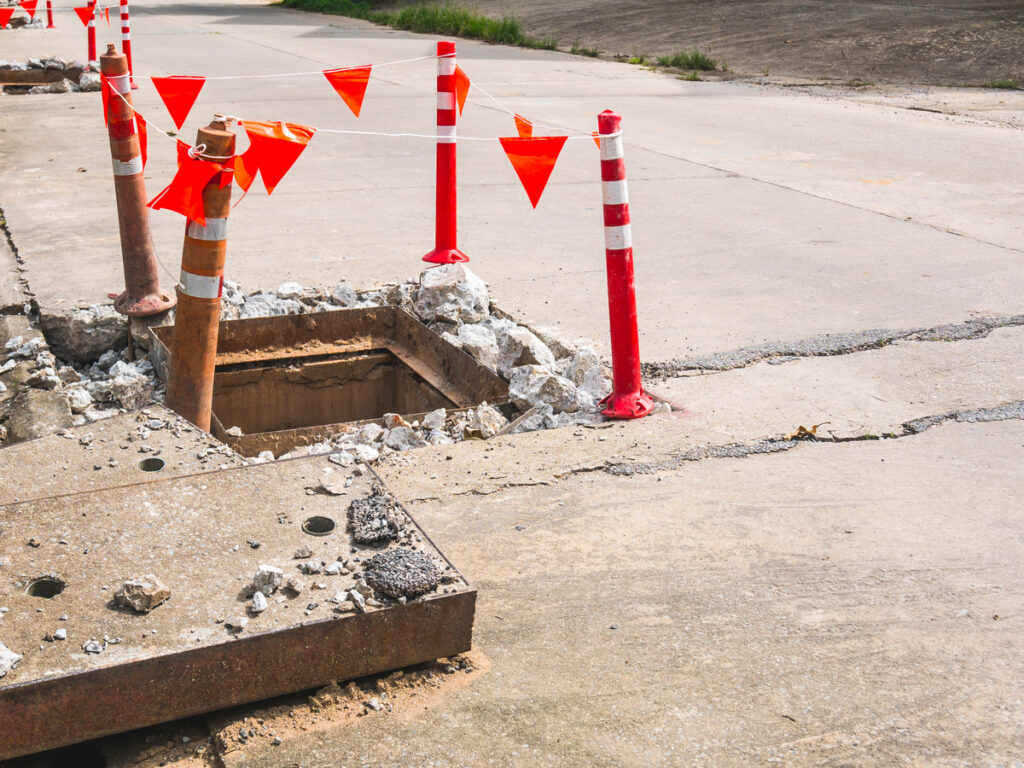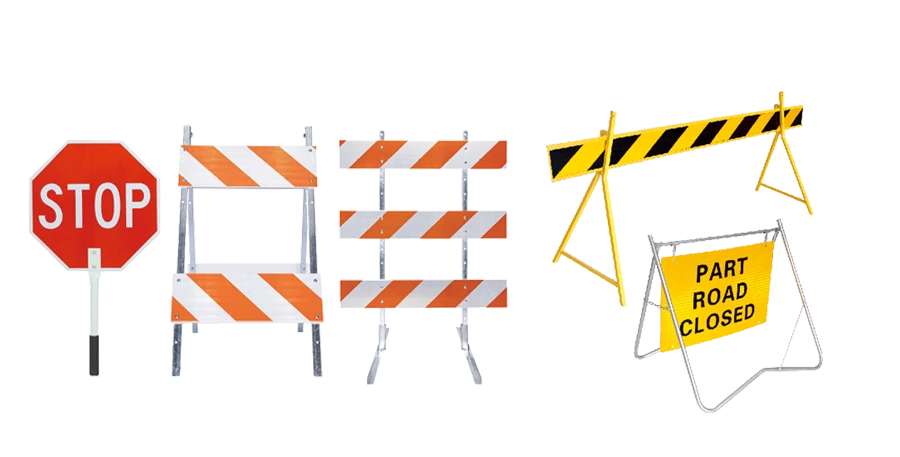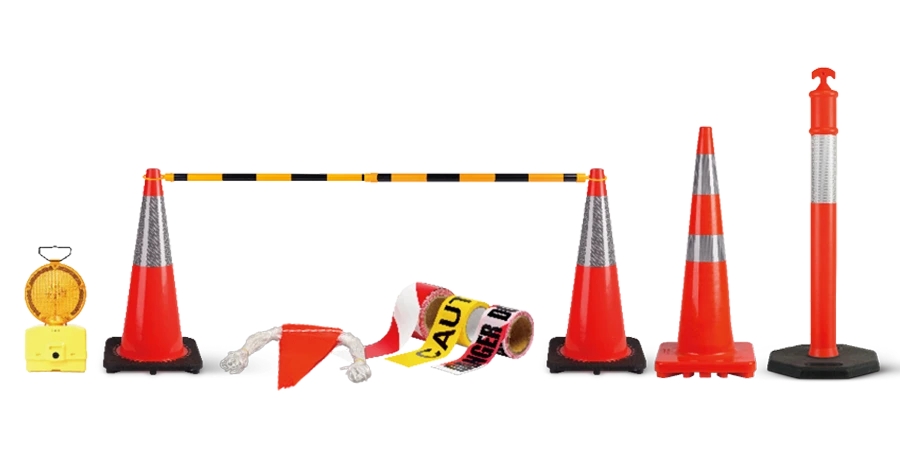
Workplace safety needs clear and easy-to-understand communication. Safety signs help stop accidents, but color confusion can happen. 例えば, red means danger in some places but luck in others. These differences make safety signs harder to understand in diverse workplaces.
Safety sign manufacturers like OPTRAFFIC solve this by making signs that follow global rules and respect cultures. This makes workplaces safer and lowers accidents by up to 25%. By following rules, OPTRAFFIC helps businesses avoid big fines and legal problems, みんなを安全に保ちます.
OPTRAFFIC provides safety signs for sale that comply with global standards and are designed for maximum clarity and effectiveness. OPTRAFFIC safety signs are culturally respectful and help improve safety across diverse workplaces.
キーテイクアウト
- Safety signs should account for cultural color meanings to avoid confusion.
- Adding universal symbols with standard colors helps everyone understand better.
- Using global rules like ISO, ansi, and OSHA makes signs clear for all.
- Testing signs in different cultures finds problems and makes them easier to read.
- Picking a reliable maker like OPTRAFFIC ensures good signs that fit cultural needs and keep workplaces safe.
Understanding How Colors Are Seen in Different Cultures
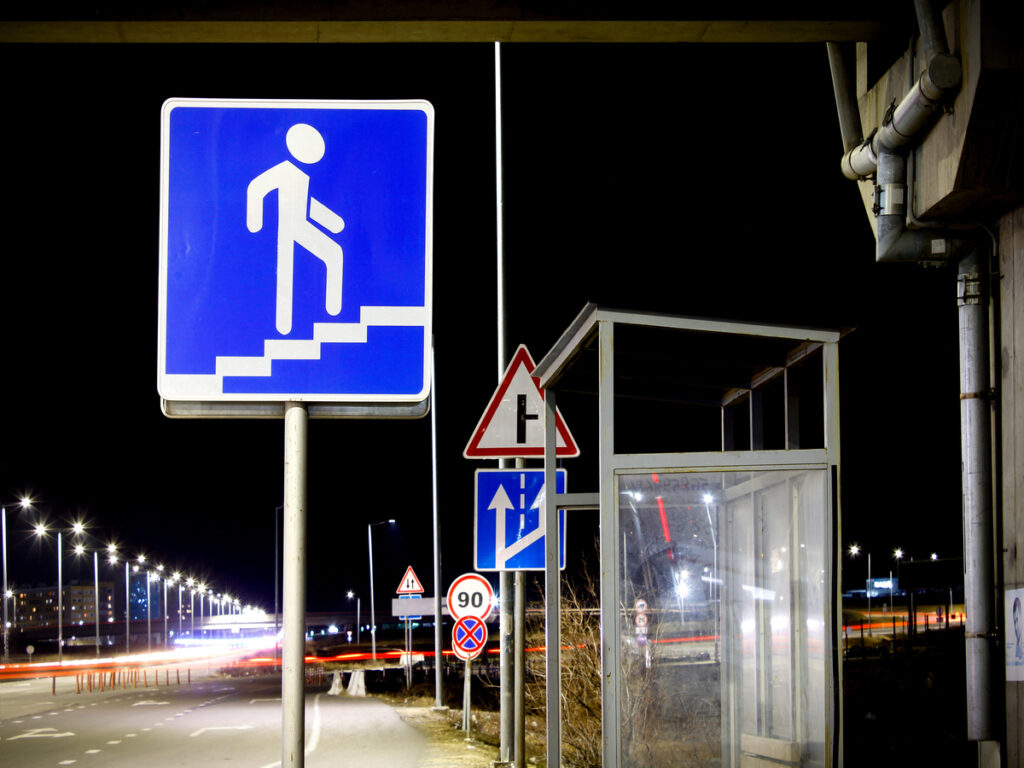
How Cultures See Colors Differently
How colors mean different things in various cultures (例えば。, red for danger vs. good luck)
Colors mean different things to people in different places. This can change how they understand safety signs. 例えば, red often means danger or warning in Western countries. But in China, red stands for good luck and celebrations. Yellow can mean happiness in some areas, but it also means caution in others. These meanings come from traditions, 環境, and how societies grow.
Most people have three types of cones in their eyes. These cones help them see many colors. But how people name and group colors is different across cultures. Some cultures don’t have a word for blue. This might be because of things like sunlight exposure. Societies with advanced tools, like dye-making, often have more color names.
| Idea | 説明 |
|---|---|
| Word for blue | Studies if having a word for blue links to sunlight exposure. |
| Vision pressures | Looks at why some environments favor normal red-green vision. |
| データ | Uses info from 142 groups and 32 languages to study these factors. |
Problems with making safety signs everyone can understand
Making safety signs that work everywhere is hard. People might misunderstand colors, causing accidents. 例えば, red and green together can confuse people who are colorblind. It can also confuse those from cultures where these colors mean something else. A global color system must think about these differences to keep workplaces safe.
Global Standards in Safety Sign Design: ISO, ansi, とOSHA
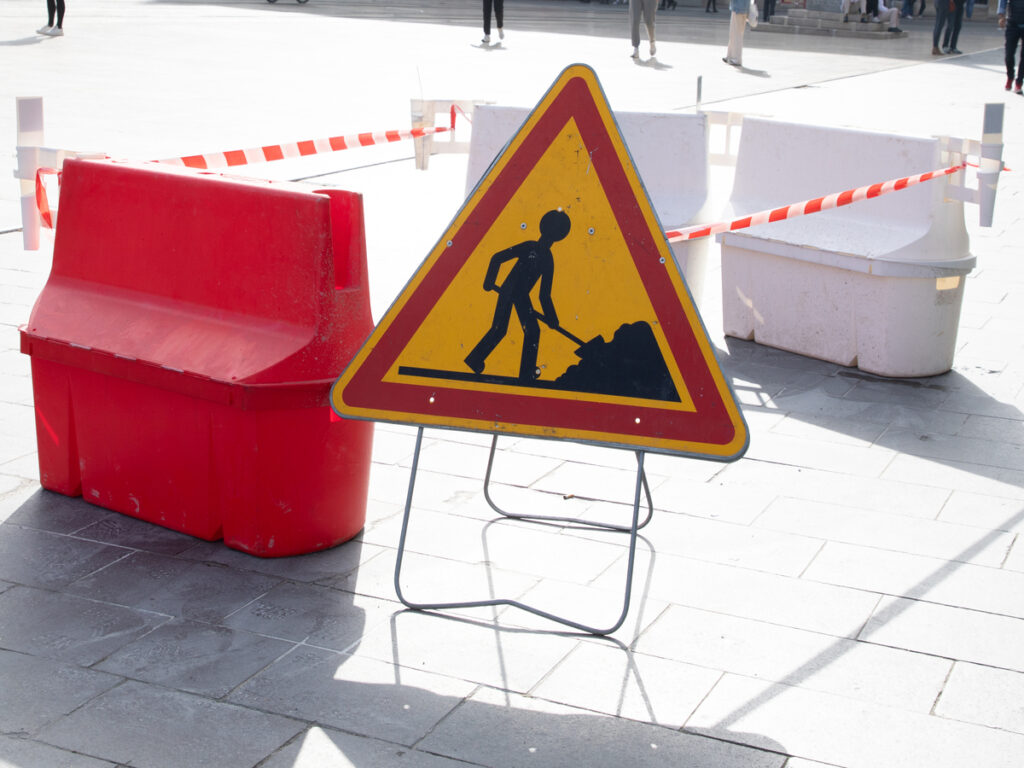
Why Global Safety Rules Matter for Colors
What are ISO 7010, ansi, とOSHA?
Safety signs need to follow global rules to work well. Groups like ISO, ansi, and OSHA make these rules. ISO 7010 uses symbols and colors everyone can understand. ANSI gives safety sign rules for workplaces in the U.S. OSHA makes sure signs follow laws to keep workers safe. These rules help people understand signs anywhere in the world.
How these rules make color use consistent in safety signs
These rules explain how to use colors on safety signs. 例えば, red shows danger, and yellow means caution. This system makes signs easy to read and understand. When you see a sign, the colors and symbols tell you what to do. This helps avoid confusion and keeps workers safe.
How OPTRAFFIC Follows These Rules
How OPTRAFFIC meets global safety rules
OPTRAFFIC follows these rules to make its safety signs correct. They use colors that match ISO, ansi, and OSHA standards. This makes their safety signs clear and useful everywhere. OPTRAFFIC also tests its safety signs to make sure they follow the rules.
Why following these rules is important for global workplaces
In diverse workplaces, everyone must understand safety signs. OPTRAFFIC’s safety signs for sale follow global rules to make this happen. これを行うことによって, OPTRAFFIC helps businesses avoid problems and stay safe. This also builds trust in different countries.
Best Practices for Designing Multicultural Safety Signs
Universal Symbols and Clear Color Usage
How symbols help overcome language barriers
Symbols are important for making safety signs easy to understand. They work for everyone, even if they don’t speak the same language. 例えば, a flame shows fire danger, and a skull means poison. These pictures share important messages quickly without needing words. Symbols also make it easier for workers to act fast during emergencies.
Safety sign makers keep designs simple to improve visibility. Short messages with symbols help workers understand signs easily. This is useful for people who don’t know the local language. Simple designs make workplaces safer by breaking down language barriers.
Why using standard colors is important for safety
Standard colors make safety signs clear and easy to read. 赤は危険を意味します, yellow shows caution, and green signals safety. These colors follow global rules and work well with symbols. 一緒に, they create a system that helps everyone understand signs.
Safety sign makers use bright colors and high-contrast designs. This makes signs stand out in dark or busy places. Clear colors help workers see hazards quickly and stay safe. Using these colors reduces confusion and lowers risks.
How OPTRAFFIC Makes Signs Easy to Understand
OPTRAFFIC’s way of mixing symbols and global color rules
OPTRAFFIC uses symbols and standard colors to make great safety signs. 例えば, they use a red triangle with a flame to show fire danger. This mix helps workers from different cultures understand the signs right away. OPTRAFFIC also uses simple layouts to make safety signs easier to read.
Examples of how OPTRAFFIC’s signs work for everyone
OPTRAFFIC’s designs work well in multicultural workplaces. They combine symbols with text in different languages to avoid confusion. 例えば, a yellow sign with a caution symbol and words warns about slippery floors. This design helps everyone understand the message clearly.
| 証拠タイプ | 調査結果 |
|---|---|
| Graphic Symbols | Share information quickly and break language barriers. |
| 色のコントラスト | Makes signs easier to understand for all workers. |
| Centralized Layout | Helps people recognize and read signs faster. |
| Combined Design | Mixing symbols and text works best for diverse teams. |
By using these methods, OPTRAFFIC creates safety signs that work for all workers. Their designs improve safety and reduce accidents in workplaces.
よくある間違いを避けます: What Safety Sign Makers Watch Out For
Confusing Colors and Respecting Cultures
Bad color choices that can confuse workers (例えば。, red and green together)
Using the wrong colors can confuse workers and cause danger. 例えば, red and green together can be hard for colorblind people to tell apart. This becomes a big problem when these colors are used for warnings. If workers misunderstand the signs, 事故が起こる可能性があります, especially in risky jobs.
Studies show that signs with similar shapes and colors can trick workers. 例えば, a red triangle and a green triangle might look the same quickly. This can make workers misread the sign’s meaning. Signs that confuse more than 5% of people, as ANSI rules say, should not be used. Picking clear and easy-to-understand colors is very important.
| 証拠の説明 | 調査結果 |
|---|---|
| Safety signs can confuse workers if they look too similar | Workers might guess wrong based on what they think the sign means. |
| Opposite meanings in colors can cause big confusion | Choosing the wrong colors can make safety signs unclear. |
| Signs confusing more than 5% of people fail ANSI standards | Following these rules helps make signs safer and easier to understand. |
Why ignoring cultural meanings of colors can be dangerous
Not thinking about cultural meanings can make safety signs useless. 例えば, red means danger in many places, but in some, it means good luck. Workers who don’t know the intended meaning might miss the warning. 同様に, yellow means caution in some places but happiness in others. These differences can lead to accidents and unsafe workplaces.
How OPTRAFFIC Fixes These Problems
OPTRAFFIC’s way of picking the right colors
OPTRAFFIC carefully chooses colors to make signs clear and helpful. They study how different cultures see colors and design signs that work for everyone. 例えば, they use red with a flame symbol to show danger clearly. This helps workers understand the message no matter where they’re from.
Testing signs to make sure they work well
Testing is a big part of OPTRAFFIC’s process. Before making traffic signs, they test them in different places to find problems. They check if the signs are easy to see, understood by different cultures, and follow global rules. This testing ensures the signs warn workers about dangers and keep them safe at work.
Why Following Rules and Testing Matter for Safety Signs
ローカルおよびグローバルなルールに従います
Why following rules keeps signs safe and clear
Following safety rules makes sure signs are clear and work well. Rules like ISO 7010 and OSHA give guidelines for design and color use. By following these, signs become easy to understand for workers everywhere. This lowers confusion and helps stop workplace accidents.
Not following rules can cost companies a lot of money and harm their reputation. 例えば, breaking rules once can cost about $5.87 百万. The total cost, including fines and damage to reputation, can go up to $14 百万. Sticking to safety rules protects workers and saves businesses from these problems.
| 統計 | それが意味すること |
|---|---|
| $5.87 百万 | Average money lost from breaking safety rules once |
| $14 百万 | Total cost of breaking rules, including fines and reputation damage |
How following rules builds trust in global business
When safety signs follow global rules, it shows care for safety and quality. This builds trust with workers, 顧客, and rule-makers. High compliance shows a company is serious about safety and reducing risks. It also improves the company’s image, making it more trusted and competitive worldwide.
How OPTRAFFIC Tests Signs for Different Cultures
Why testing signs in different places is important
Testing makes sure safety signs work well in workplaces with many cultures. People from different backgrounds may see colors and symbols differently. Testing signs in various places helps find problems and fix them. This ensures everyone understands the signs clearly.
Testing also helps train workers. When workers know what signs mean, they can act quickly in dangerous situations. Good training and well-tested signs make workplaces safer for everyone.
How OPTRAFFIC checks if signs are clear and useful
OPTRAFFIC uses careful testing to check how well their signs work. They test signs in different cultural settings to make sure colors and symbols are clear for everyone. They also test signs in real workplaces to see if they are easy to notice and understand.
OPTRAFFIC listens to feedback from worker training sessions to improve their designs. By mixing real-world testing with cultural studies, they make signs that meet global rules and work everywhere. こちらです, their signs not only follow safety rules but also help keep workers safe.
Why Pick OPTRAFFIC for Your Safety Signs
Skilled and Experienced in Multicultural Signage
Showcasing OPTRAFFIC’s skill in making safety signs for global teams.
OPTRAFFIC is a top choice for creating safety signs. They have years of experience designing signs that work in all cultures. Their team knows how to make signs that are clear and easy to understand. They study how different cultures see colors and symbols to make sure their signs work everywhere.
OPTRAFFIC doesn’t just follow the rules—they improve on them. They mix their knowledge of safety rules with creative designs. This makes their signs not only meet global standards but also connect with people from different backgrounds. Choosing OPTRAFFIC means getting signs that are clear and effective.
Highlighting OPTRAFFIC’s focus on high-quality, culturally-aware signs.
OPTRAFFIC is serious about making great safety signs. They know these signs are important for keeping workers safe. That’s why they create signs that are strong and respect cultural differences. Their designs balance global rules with local needs, making workers feel valued no matter where they’re from.
They also use tough materials to make long-lasting signs. OPTRAFFIC’s safety signs stay clear and useful even in tough conditions. Picking OPTRAFFIC means choosing signs that focus on safety and respect for everyone.
Custom Solutions for Global Workplaces
OPTRAFFIC’s skill in creating custom signs for international clients.
Every workplace is different, and OPTRAFFIC understands this well. They make custom signs to fit the needs of global clients. Whether your business is in one country or many, OPTRAFFIC can design signs that match your needs. They work closely with you to understand your goals and challenges, creating signs that fit perfectly.
Customization includes more than just design. OPTRAFFIC also thinks about language, 文化, そして環境. This ensures their signs are not only correct but also useful for your workplace.
Making sure signs meet local color and design needs.
OPTRAFFIC focuses on the needs of local workers. They pick colors and symbols that match cultural meanings while following global safety rules. 例えば, they might change a sign’s color to make it easier to see in a certain area. This helps workers understand the message quickly, 職場をより安全にする.
They test their signs to make sure they work well. By checking how workers react to designs, OPTRAFFIC ensures their signs send clear messages. This careful process makes them a trusted choice for businesses in multicultural settings.
Keeping color meanings clear in diverse workplaces is very important. If safety signs are misunderstood, 事故が起こる可能性があります. But well-designed signs that respect cultures stop confusion and keep workers safe. Choosing signs everyone understands helps create a fair and safe workplace.
🛠🛠️ ヒント: Work with trusted makers like OPTRAFFIC to get signs that follow global rules and respect cultures.
Check out OPTRAFFIC’s safety signs today. They make strong, high-quality signs that fit cultural needs. Their traffic safety signs help keep workplaces safe and give your team peace of mind.
よくある質問
What makes OPTRAFFIC’s safety signs special?
OPTRAFFIC uses global rules and cultural knowledge to make clear traffic safety signs. They include universal symbols, standard colors, そして丈夫な素材. Their designs focus on safety and respecting different cultures.
How does OPTRAFFIC check its safety signs?
OPTRAFFIC tests traffic safety signs in real workplaces and cultural settings. They listen to workers’ feedback and improve designs for better understanding. This makes their traffic safety signs work well in many places and industries.
Why is keeping colors the same important for safety signs?
Using the same safety sign colors helps workers spot dangers fast. 例えば, 赤は常に危険を意味します, と緑は安全を示します. This system avoids confusion and keeps workplaces safe, especially with diverse teams.
Can OPTRAFFIC make signs for specific jobs?
はい! OPTRAFFIC creates custom traffic safety signs for jobs like building, 健康管理, 工場. They change designs to fit your needs and follow local rules and cultural meanings.
How do OPTRAFFIC’s signs help colorblind workers?
OPTRAFFIC uses bold designs and symbols to help colorblind people. 例えば, they add a flame symbol with red to show fire danger. こちらです, everyone can understand the signs, even with vision problems.
🛠🛠️ ヒント: Pick safety signs with clear pictures and standard colors for the best results.
